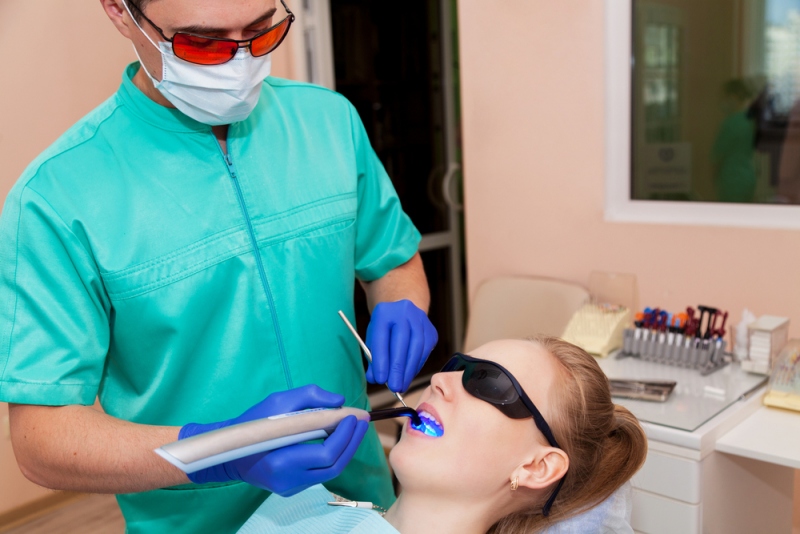If you are one of those people who avoids the dentist because the thought of having your teeth cleaned sends chills down your spine, then you are not alone. It may not even be about the pain, some people just do not like to have their teeth bothered. If you are one of these people, then sedation dentistry, also called sleep dentistry, may be the answer to maintaining your dental health.
What Is Sedation Dentistry?
Sleep dentistry helps those who have special issues with standard dentistry procedures. The only difference from standard dentistry is that in sleep dentistry, a sedative is used to help the patient relax during the procedure. Different levels of sedation can be induced, depending on the patient needs.
- Minimal sedation: under minimal sedation only relaxed a bit. Nitrous oxide is the most common form of minimal sedation. It is administered through a mask.
- Moderate sedation: with this type of sedation you may act as if intoxicated, but will have no memory of the time. This can be given orally or through an IV.
- Deep sedation: this is where you are on the edge of becoming unconscious, but someone can still wake you. It is typically administered through an IV.
- General anesthesia: this level results in complete unconsciousness.
In addition to the type of sedation that you receive, a local anesthetic will be applied to the work area. This will relieve pain both during and after the procedure. It is similar to the type used in standard dentistry.

What is Different from Standard Dentistry?
The only difference between sleep dentistry and standard dentistry is that you are put in some level of sedation before the procedure begins. One difference between is that with any level of sedation, other than minimal sedation through nitrous oxide, the person must have someone drive them home from the procedure. The person may remain groggy until the sedation thoroughly wears off.
In most cases, the person can return to work the next day. With many standard dental procedures, the person does not even need to stay off work and can return as soon as the procedure is complete. This may be a consideration for some.
For most, sleep dentistry is perfectly safe. However, for those who have health problems that make anesthesia risky, it may not be the right choice. Prior to undergoing sedation, the dentist will take a complete medical history to help identify any causes for concern.
Who Could Benefit from Sedation Dentistry?
Sleep dentistry is good for several types of patients, not only those who are afraid of the dentist. Those who might want to try a sleep dentist Include:
- Those who have a low threshold for pain
- Those who have trouble sitting still
- Those who have sensitive teeth
- Those who must have a lot of work done
- Children
- Those who have a sensitive gag reflex
- Those who are anxious about seeing a dentist
- Anyone who wants to feel more comfortable during their dentist visit
Seeing a sleep dentist can make an otherwise unpleasant experience tolerable. Call an experienced sedation dentist to find out how they can help you restore your smile.
Christopher is a local author and community blogger encouraging others to commit to practicing great dental hygiene habits while working with South Tulsa Dental.

